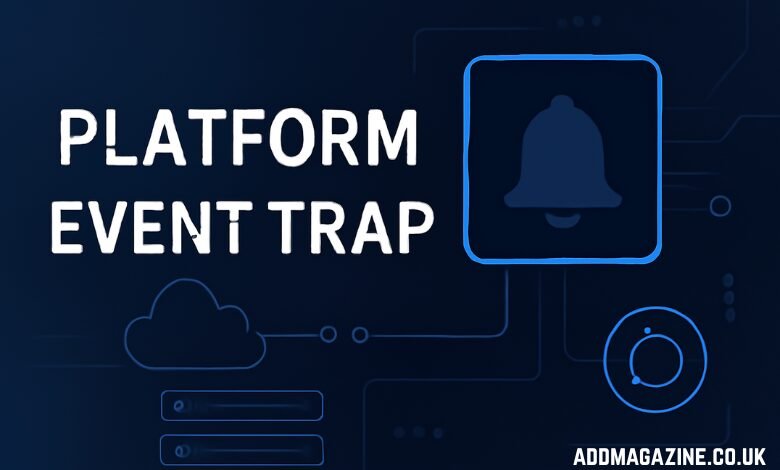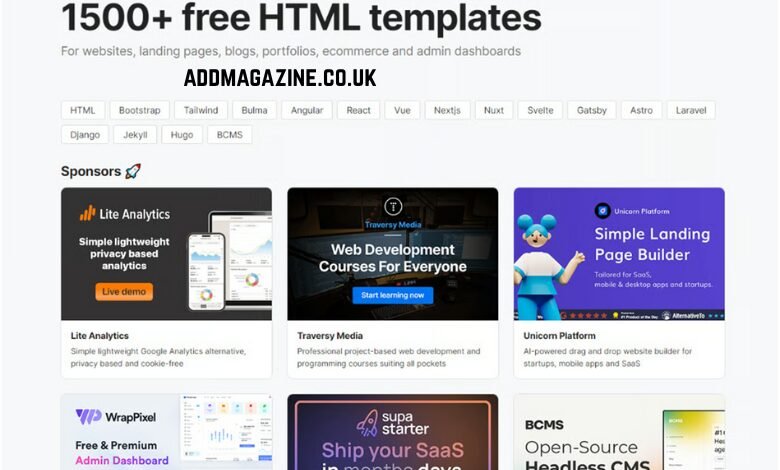In the world of Salesforce, the shift toward real-time data processing and event-driven architectures has become a game changer for many organizations. Platform Events, a feature introduced by Salesforce, provide an elegant solution to handle the seamless integration of external systems with Salesforce, using a publish-subscribe model. This feature allows Salesforce to exchange information in near real-time, significantly improving the speed and efficiency of business processes.
However, despite their advantages, Platform Events can be a double-edged sword if not implemented correctly. The so-called “Platform Event Trap” refers to common mistakes or misconfigurations that organizations may fall into when trying to implement Platform Events, which can lead to performance issues, data loss, and other disruptions. In this post, we will explore the concept of Platform Event Traps, how they arise, and most importantly, how to avoid them.
What Are Platform Events?
Before delving into the potential pitfalls of Platform Events, it’s important to understand what they are and how they function. Platform Events in Salesforce are part of Salesforce’s event-driven architecture, enabling the system to send and receive real-time event notifications. These events can be triggered by a variety of sources, such as changes in Salesforce data or external systems.
Platform Events are used to convey notifications, data, or instructions that an external application, system, or process might need to know. The event consists of a payload containing the data to be passed and a message channel (the event itself), where the subscribers wait for events to occur. The core benefit of this mechanism is that it is asynchronous, meaning the event is processed in real-time without disrupting other processes in Salesforce.
One key feature is that Salesforce ensures durability and delivery. When a Platform Event is published, it gets stored in the event stream for a configurable period, during which subscribers can access it. This guarantees that no event is lost due to transient issues like network connectivity problems.
The Platform Event Trap
The Platform Event Trap refers to the issues that Salesforce administrators or developers face when they overlook certain aspects of the platform event lifecycle or fail to plan accordingly. While Platform Events are designed to be easy to use, missteps in implementation or configuration can lead to bottlenecks, poor system performance, or even missed events.
Here are the most common mistakes that lead to the Platform Event Trap:
1. Overlooking Event Delivery Limits
Salesforce Platform Events are subject to certain delivery limits. These limits define how many events can be published, processed, or subscribed to within a given time frame. If organizations overlook these delivery limits, they may find themselves in a situation where events are not delivered at all or delivered too late, resulting in missed opportunities and delayed processes.
Salesforce enforces limits like the maximum number of events per day, the number of concurrent subscribers, and the number of events a subscriber can process per transaction. If these limits are exceeded, events may fail to be processed, or they may be dropped altogether. This issue often arises when administrators or developers fail to track event usage carefully or don’t account for unexpected spikes in traffic.
To avoid this pitfall, it’s essential to understand and monitor these limits, set realistic expectations for event usage, and ensure that systems are designed to scale when needed.
2. Lack of Proper Error Handling and Event Replay Strategy
While Platform Events are designed for reliability, they are not immune to errors. The failure to implement proper error handling and a robust replay strategy can lead to significant issues, particularly in situations where events are crucial to business processes.
When an event delivery fails, Salesforce offers a replay mechanism that allows the event to be replayed from the last successfully processed event. However, many organizations fail to set up this replay mechanism effectively or do not monitor event failures proactively. This can lead to missed events or data inconsistencies, especially in cases where the event stream is essential for maintaining system synchronization.
To mitigate this risk, it’s crucial to incorporate error handling and a replay mechanism into your Platform Event implementation. Ensuring that the system can recover from failures will minimize data loss and ensure that business processes continue to run smoothly.
3. Misconfiguring Event Subscribers
Event subscribers play a crucial role in Platform Events, as they process the events published to the event bus. These subscribers can be configured to trigger actions within Salesforce, integrate with external systems, or even invoke additional processes. However, the design and implementation of event subscribers often present challenges.
One of the most common errors is overloading the event subscriber with too much logic, which can cause it to take longer to process events than expected. When subscribers take too long to execute, it can result in a backlog of unprocessed events or even timeouts. Additionally, some event subscribers may need to access external resources, which can introduce network latency and further slow down processing times.
The solution here is to decouple complex logic from the subscriber and instead delegate tasks to other asynchronous mechanisms, such as batch processes or queue-based systems. It’s also a good idea to limit the scope of what each subscriber does and to make them as lightweight as possible.
4. Not Scaling Platform Event Usage
As with any scalable system, it’s important to ensure that your Platform Event architecture can scale with your business needs. Many organizations fall into the trap of underestimating the number of events that will be published or processed, leading to performance degradation when the system reaches its limits.
Platform Events are typically used in high-volume environments, such as financial services or e-commerce, where real-time processing is critical. In these cases, if the system is not designed to scale effectively, it can lead to slower response times, timeouts, or even event delivery failures.
To avoid hitting a performance wall, it’s critical to architect the system with scalability in mind. This means factoring in the potential volume of events over time and ensuring that your event processing infrastructure (e.g., subscribers, event bus, etc.) is capable of handling this load. Salesforce’s own monitoring tools can help track system performance and alert administrators when thresholds are approached, allowing for timely interventions.
5. Ignoring Platform Event Subscription Limits
Salesforce Platform Events also have subscription limits that need to be considered. If your organization has multiple subscribers listening for the same event, exceeding the subscription limits can result in dropped or delayed events. Typically, subscription limits are reached when the number of subscribers, their processing time, or the rate of event publication exceeds Salesforce’s predefined thresholds.
Organizations often assume that scaling out their number of subscribers will help handle high event volumes, but this can backfire if subscription limits are not carefully monitored. It’s essential to balance the number of subscribers and their processing speeds to avoid overwhelming the system.
6. Failing to Consider Security Implications
Just like any other piece of infrastructure, Platform Events need to be secured to prevent unauthorized access or data leaks. Salesforce provides several ways to control access to Platform Events, including permissions, sharing rules, and authentication mechanisms. However, many organizations fail to properly configure security settings, leaving sensitive data exposed to potential threats.
Implementing a robust security strategy for your Platform Events includes controlling who can publish or subscribe to specific events, encrypting sensitive data within events, and enforcing authentication across all event-driven transactions. Failing to take security seriously can lead to data breaches and regulatory compliance issues.
7. Underestimating Event Subscription Costs
Salesforce Platform Events can incur additional costs depending on the scale at which they are used. Subscription costs can grow as your organization increases its usage of Platform Events, especially when scaling to accommodate large volumes of events.
It’s important to conduct a cost-benefit analysis before diving into extensive Platform Event usage, so you can better understand the financial implications. Salesforce offers tools to help administrators keep track of subscription and processing costs, but these can be easily overlooked without proper planning.
Best Practices to Avoid the Platform Event Trap
To avoid falling into the Platform Event Trap, organizations should follow these best practices:
- Monitor and Optimize Event Usage: Regularly monitor event publishing and subscription limits to ensure they are within the acceptable range. Use Salesforce’s native monitoring tools to keep track of usage and performance.
- Implement a Scalable Event Architecture: Ensure that your event-driven architecture can scale according to your needs. This includes scaling both horizontally (adding more subscribers) and vertically (increasing the processing power of existing subscribers).
- Implement Robust Error Handling: Set up proper error handling and replay mechanisms to recover from any failures that may occur during event processing.
- Minimize Subscriber Load: Avoid overloading your subscribers with too much logic. Keep subscribers lightweight and offload heavy processing to asynchronous systems when necessary.
- Consider Security Implications: Implement strict access control and encryption mechanisms to safeguard your events and their data.
- Conduct Regular Cost Analysis: Keep track of the costs associated with using Platform Events and make sure that your system remains cost-effective as your event usage grows.
Conclusion
Platform Events can be a powerful tool for Salesforce users, enabling real-time data processing and seamless integrations with external systems. However, organizations need to be cautious of the potential pitfalls that come with them. By understanding the risks of the Platform Event Trap and taking proactive measures to avoid common mistakes, organizations can fully leverage the power of Platform Events without falling victim to performance issues, data loss, or unnecessary costs. Proper planning, monitoring, and security implementation are key to successful Salesforce Platform Event usage.



